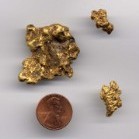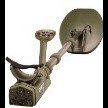Ws4 And Changing Reactivity
-
Similar Content
-
- 12 replies
- 1,193 views
-
- 13 replies
- 1,713 views
-
- 28 replies
- 28,624 views
-
- 9 replies
- 1,217 views
-
- 1 reply
- 2,310 views
-
- 0 replies
- 2,690 views
-
-









Recommended Posts
Create an account or sign in to comment
You need to be a member in order to leave a comment
Create an account
Sign up for a new account in our community. It's easy!
Register a new accountSign in
Already have an account? Sign in here.
Sign In Now